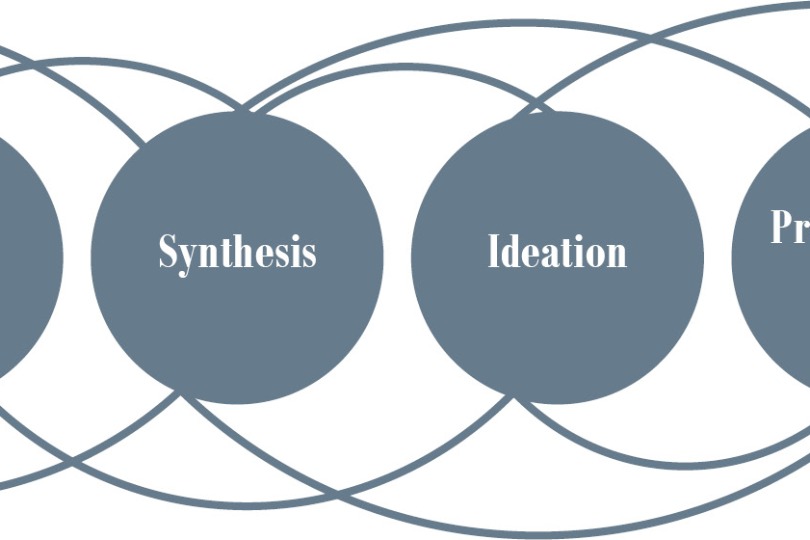After the PC, the Internet and the rapid spread of mobile platforms the sector is again at the beginning of the next era: that of augmented and mixed reality platforms. This opens completely new opportunities for applications but many of them are still beyond our imagination. It is not a question of whether these platforms will become relevant, just when.
An overview of xR
The topics of Mixed Reality (MR), Augmented Reality (AR) and Virtual Reality (VR) are developing rapidly. We hear about new devices, services and applications almost every month. But what do the terms mean? Virtual reality is relatively clearly defined - full immersion in another world using a headset where you are no longer aware of the real world. One disadvantage is this lack of reference to the real world. The user therefore does not move or can only move to a limited extent.
Augmented reality is the field that is currently being developed most actively and is where many companies see the most potential. It is defined as an extension of reality, usually by visual and acoustic means. However further senses could be added in the future, such as touch.
A simple kind of augmented reality is the superimposition of 2D data such as the distance from a free kick to the goal during a football game. For more enhanced use, the space is recognized and 3D objects with physical models are embedded in it. Augmented reality has the advantage that the user can augment his or her real world, move normally in that world and communicate with other people.
The definition of mixed reality is not currently quite so clear. Back in 1994, Paul Milgram already described MR as the entire spectrum between virtual reality and true reality. This means that a 2D superimposition on a mobile phone or VR glasses, showing an additional camera image of reality, is also mixed reality. Another definition describes mixed reality as a subgroup of augmented reality. This advanced extension of the real world with the 3D capabilities of virtual reality supplies an additional understanding of the actual space. Objects are placed in the real space in 3D and interact with this space. The Microsoft Hololens is a good example of this. The following explanations are based on this definition. When we say AR we always also include MR.
It is still very difficult for many people to imagine that VR is the next big development after PCs, the Internet and mobile technology. There was a similar reaction at the end of the 1990s, when the first mobile phones with cameras were launched. Only a few people understood the benefit of having good cameras in smartphones. But once you have experienced augmented reality it becomes clear: this attractive form of extending reality is not just a passing fad, but the harbinger of something greater.
So it is not really surprising that all the big companies now have a strong AR strategy - Microsoft with the Hololens and Windows 10, Google with the Tango Project, Apple with the upcoming iOS 11 and the ARKit framework and Facebook, who this spring defined AR as one of its three strategic pillars. But what does a service provider need to do to take those first steps into the world of virtual reality?
Creating added value with AR
When a new technology or platform is in its infancy, a company does not generally change its fundamental processes but instead improves them in specific areas. Entire processes are only rethought once greater maturity and breadth is reached. Companies also first consider where there might already be a good basis that can be used in order to gain some experience in their normal working environment. Because of this, AR is typically first used in fields such as:
- anywhere there is already a good base of 3D data
- or where value can be added through use in the real world.
For example 3D data usually already exists in the medical sector. Today CT and MR scans can easily be processed into 3D models. The industrial sector also works frequently with CAD/CAM applications and so has a good 3D basis. There is also an industrial trend in the form of BIM (Building Information Modeling) within the field of architecture.
There are many situations in the real world where value can be added. In industry, for example, employees come face to face with machines about which they have little additional information. Superimposing this in a context-sensitive manner creates real added value. According to information from Microsoft, 50 to 100 service technicians at Thyssenkrupp and Tetrapak have already been equipped with a Hololens. An expert can go on Skype at any time to dial in and see the maintenance work, and sees the same image as the employee and can speak to them and give them instructions within their field of view. The employees do not wear the glasses all the time but put them on selectively for processes where they require assistance. This already substantially accelerates the diagnosis and solution process, improves the quality of the work and therefore means that the use of AR has already paid off for the company.
Another exciting area of application for AR is in the field of training. The benefit over VR: all the members of a class see the same objects in 3D and can move around them freely and explain them to each another.
Innovation methodology is essential
Often it cannot be foreseen in advance where the added value can be achieved. That is why it is worth using innovation methods, for example working iteratively, in a similar way to design thinking.
